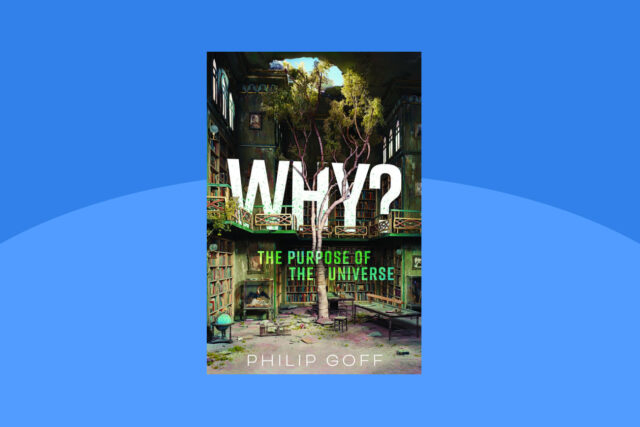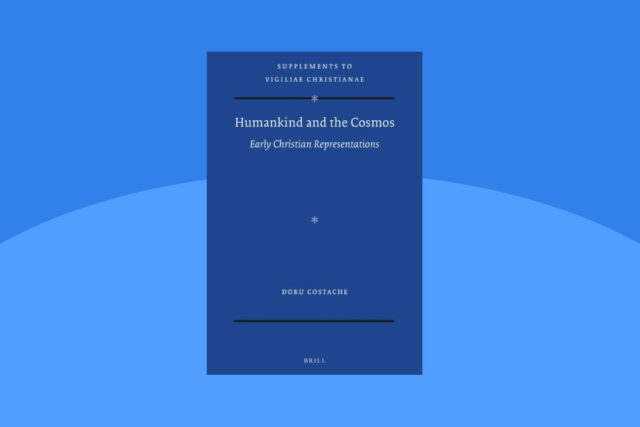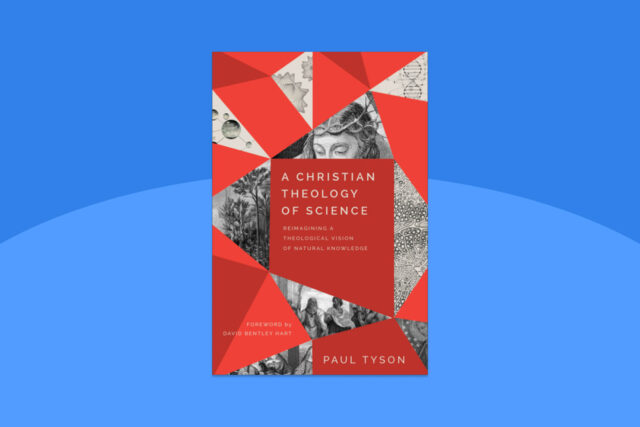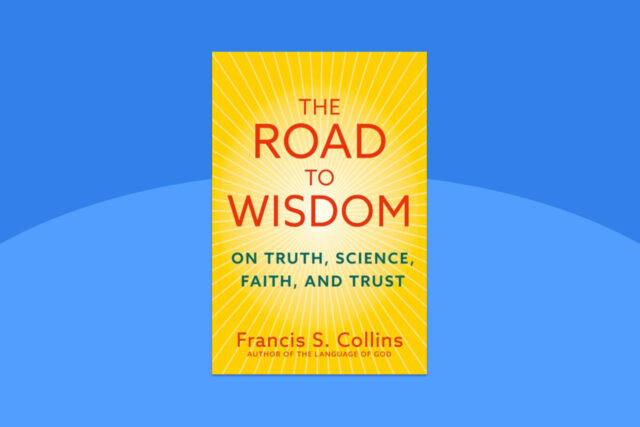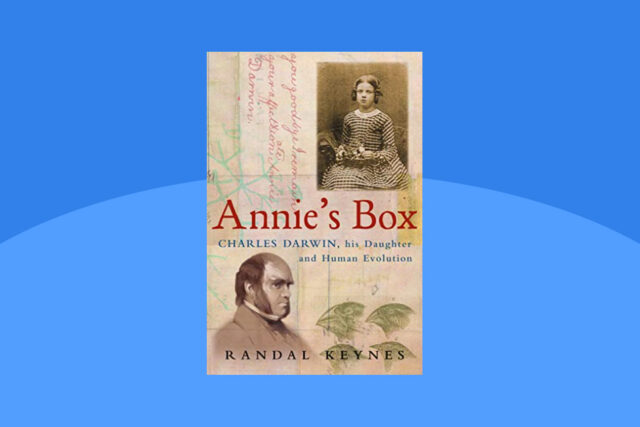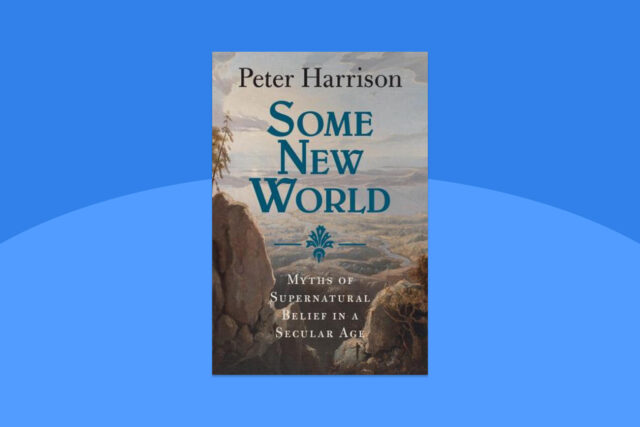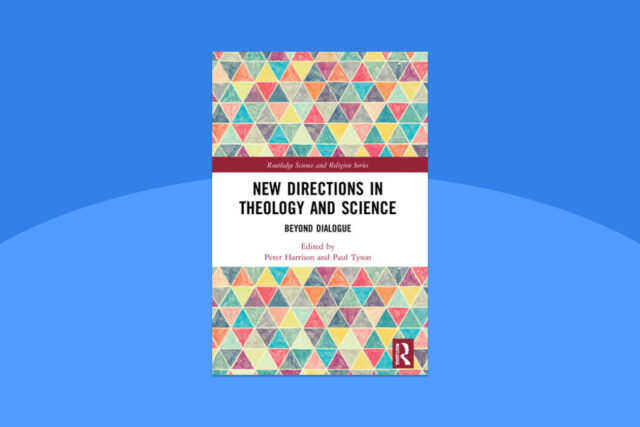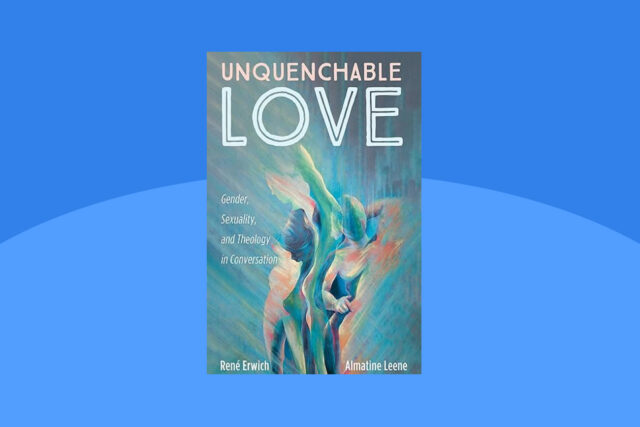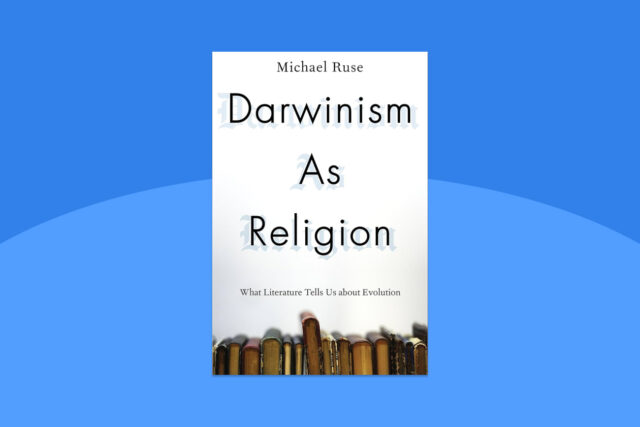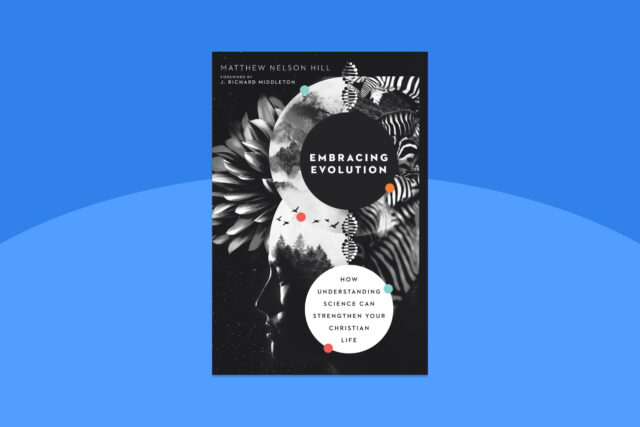
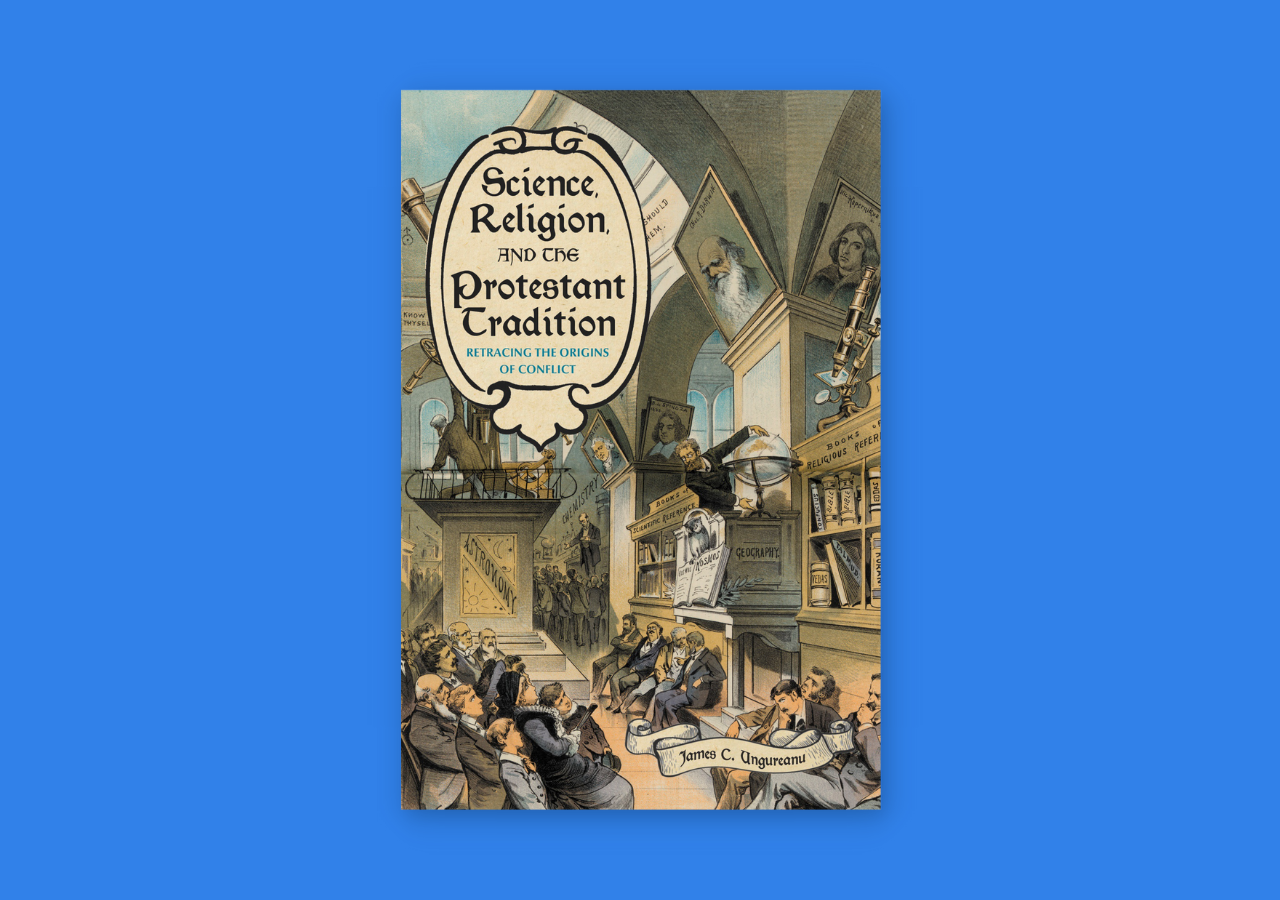
Reviewed by Robert Brennan, 2022
Science, Religion, and the Protestant Tradition: Retracing the Origins of Conflict
by James C. Ungureanu
Pittsburgh: University of Pittsburgh Press, 2019
ISBN-13: 9780822945819, 309 pages, 1st edition, hardback
US$50
James C. Ungureanu is an honorary research fellow at the Institute for Advanced Studies in the Humanities at the University of Queensland and in the Department of History at the University of Wisconsin. He is also an ISCAST Fellow. He is focused on 19th century developments in the history of science and religion.
One of the most tenacious views of the relationship between science and religion is the conflict myth. I first met James after he had been granted permission to go through John William Draper’s personal papers at the US Library of Congress. The chemist Draper was the author of the History of the Conflict Between Religion and Science. Draper along with historian Andrew Dickson White, the author A History of the Warfare of Science with Theology, are often accused of originating the conflict myth. In this book Ungureanu closely examines Draper and White.
Ungureanu’s work is meticulous scholarship which explores both important detail and avenues of investigation often not seen in the historiography of science in previous decades. The careful study of correspondence and papers affords the opportunity to gain clearer detail about the motivations and actual arguments of key people and the circles of influence of which they were part. Ungureanu’s book is important for all serious scholars of the history of science and for those wishing to gain a clearer understanding of the long relationship between science and religion.
Ungureanu begins with two chapters that detail the lives and thought of Draper and White. Surprisingly, he demonstrates that both men, rather than being dogged champions for science over and against religion, firmly believed in the importance of the Christian faith rightly interpreted. Draper was committed to the development of history as science. White opposed what he and many others saw as untenable dogmatic theology and dogmatism. White’s well known anti-Catholicism was directed specifically at authoritarian dogmatism.
In these matters, Draper and White fitted well into the mood of Nineteenth century North America. They were broadly received among academic and lay people. Their influence extended to Europe and beyond. The second surprising conclusion is that Draper and White merely repeated rather than originated many of the myths in their histories. While their work has propagated general “knowledge” of the myths, the myths and doubts were already being expressed by many people.
Appropriately, Ungureanu’s next two chapters trace the evolution of English Protestantism and the curiously North American development of liberal Christianity and theology. Many saw the nineteenth century as a time of a “second” reformation as questions raised by the new sciences of geology and palaeontology and the developing school of higher biblical criticism were raising serious and seemingly irresolvable questions about traditional faith. Draper and White were two of many who tried to bring about reconciliation and rational revision of theological thinking. A who’s who of Nineteenth century and earlier scholars influenced them. These names included people as widely read as Lyell, Asa Grey, Darwin, Priestley, Schleiermacher, and Hegel across geology, biology, chemistry and theology.
Ungureanu’s last chapter demonstrates how Draper and White’s commitment to reconciling science and a revised liberal protestant theology failed to satisfy liberals, conservatives, and unbelievers. Indeed, many American readers believed White’s conciliatory approach was a ruse. Noting that Draper and White’s publishers had their own secularising agenda it becomes no surprise that Ungureanu concludes, “At the beginning of the twentieth century, rationalists, freethinkers, secularists, and atheists seized up the historical narratives of Draper, White, and other liberal Protestant historians and theologians, adopting them as weapons in the campaign to extinguish all religion.”
The penultimate fifth chapter explores the role of Draper and White’s New York publisher Appleton. Their editor Edward Livingstone Youmans actively promoted Draper and White’s books and became founding and long-term editor of Popular Science Monthly (this journal was sold in the 1920s and evolved into Popular Science). Youmans was a strong seculariser who emphasised conflict and played down conciliatory efforts between science and theology. While Draper and White’s writing regularly appeared in the journal’s pages, their conciliatory approach to religion was largely downplayed.
What marks this book out is Ungureanu’s attention to how widely Draper and White’s works were read. The answer is they were extremely widely read, generating much discussion in newspapers and other media. Because Ungureanu is able to trace the extreme breadth of the readership of Draper and White’s work and the readership of the journal, it becomes apparent why the conflict myth became ubiquitous.
This book is an important contribution to our understanding of the development of the history of science and its relationship with religion. I highly recommend this book for clearly explaining the nuanced and complex relationship both Draper and White had with religion, theology, science academia, and the general public. Ungureanu’s attention to detail as well as exploring how widely their work was read by the general public and the considerable influence of their editor’s opinions demonstrates good technique for how to write history.

